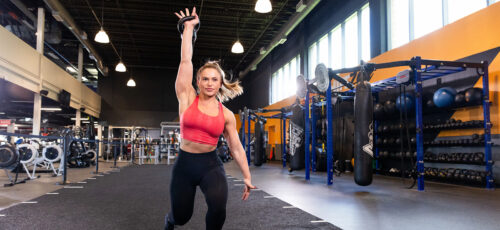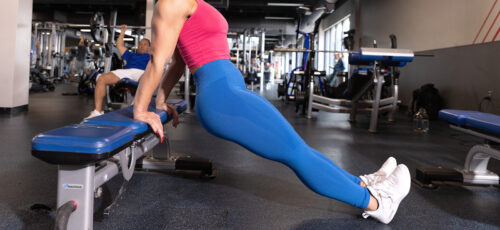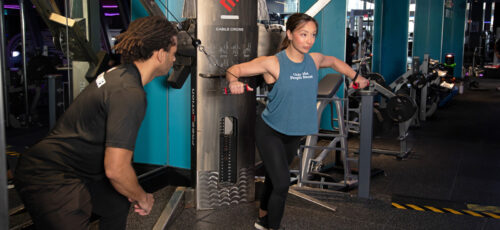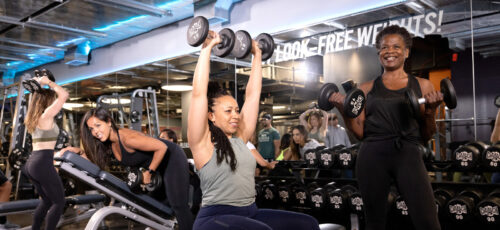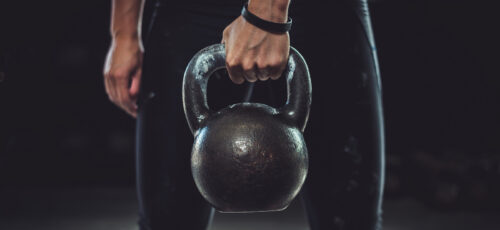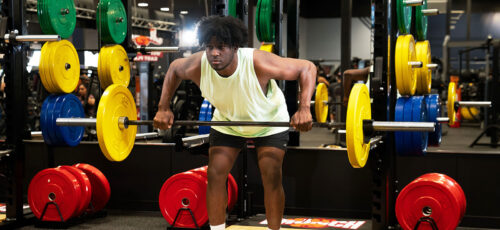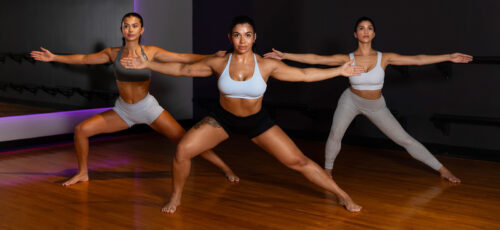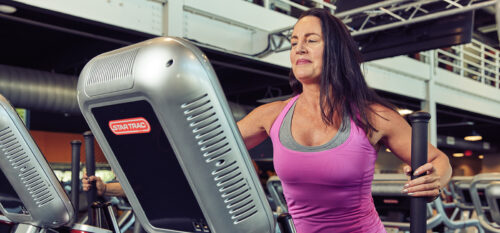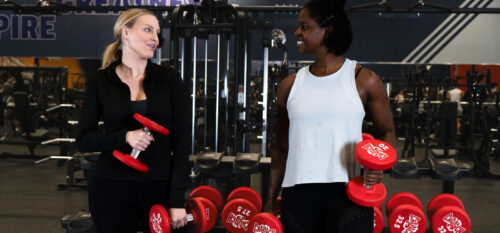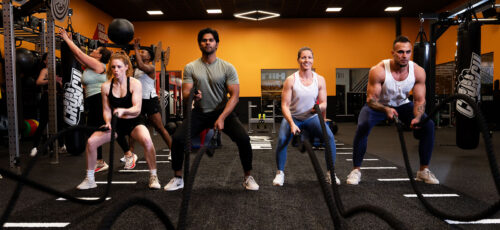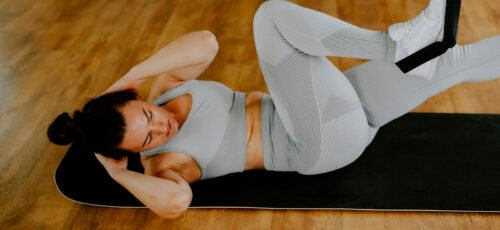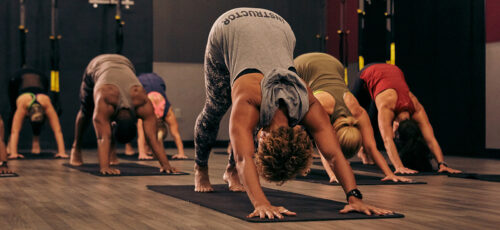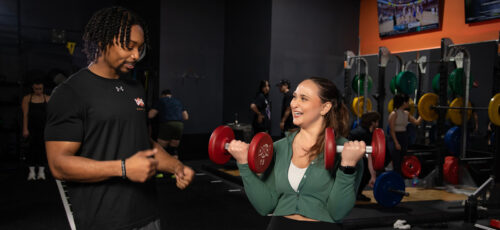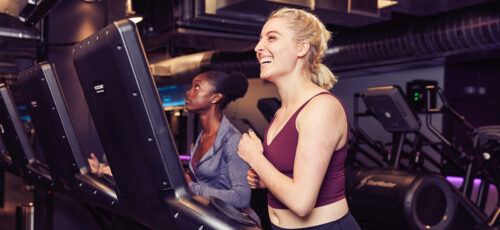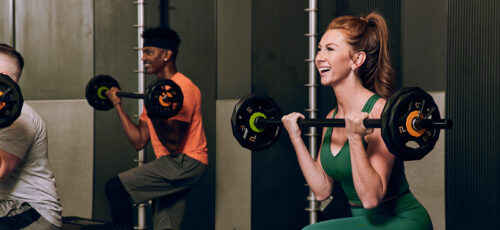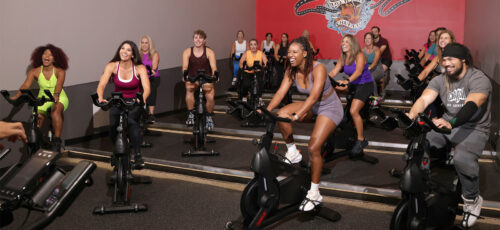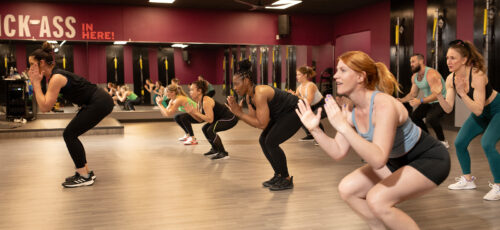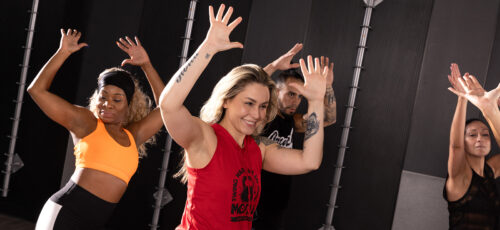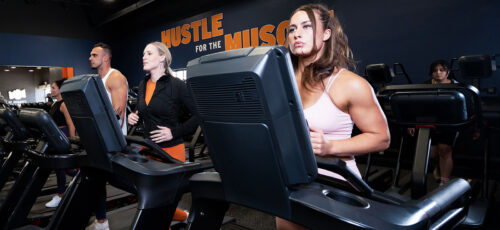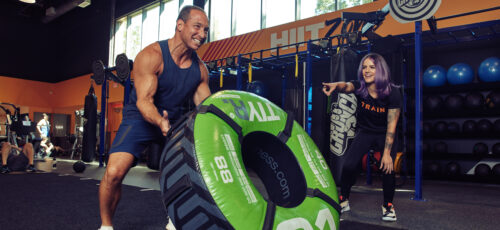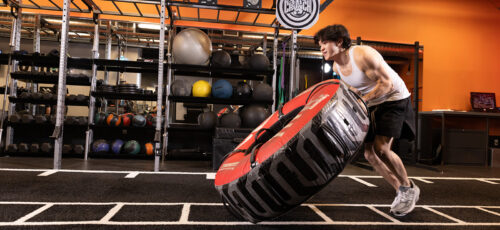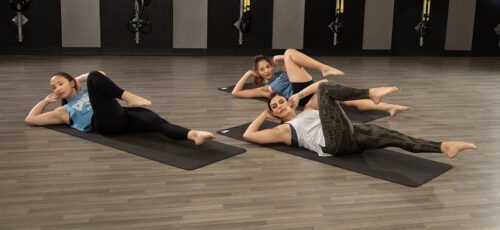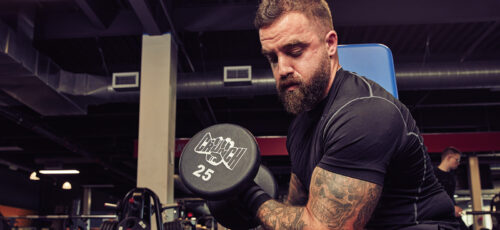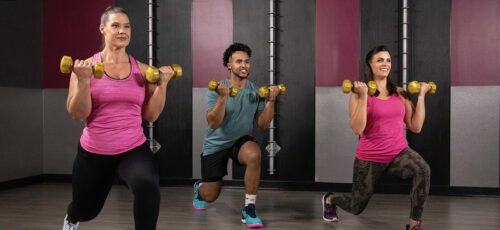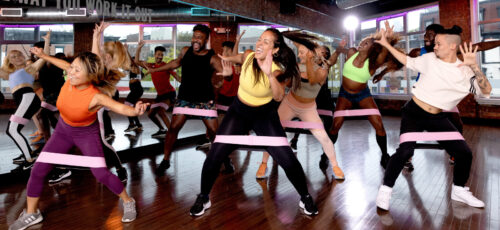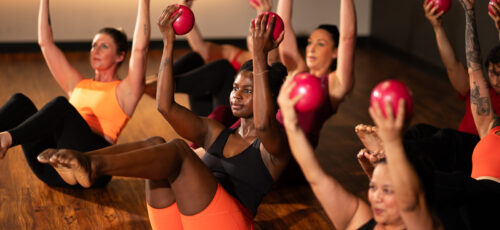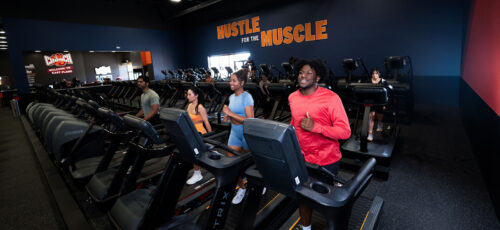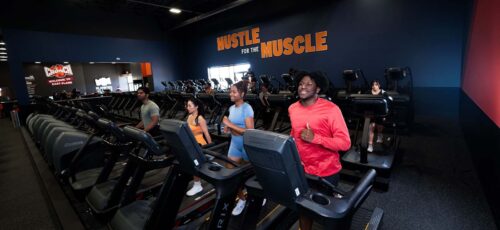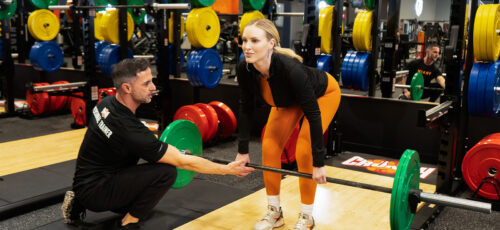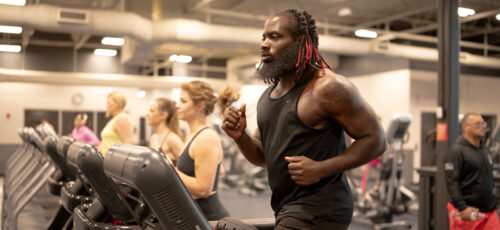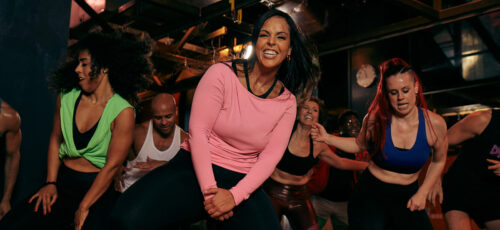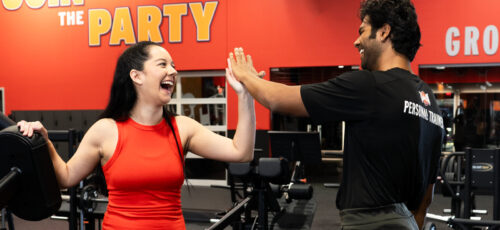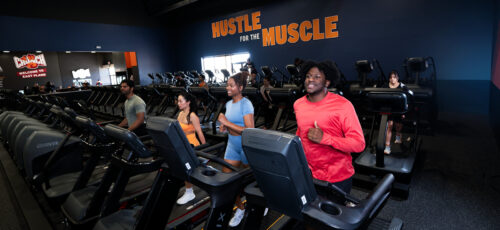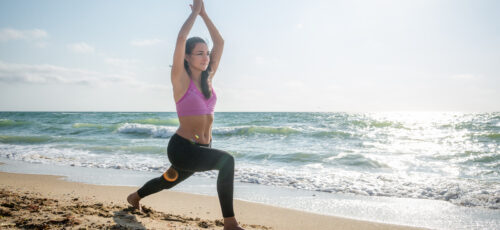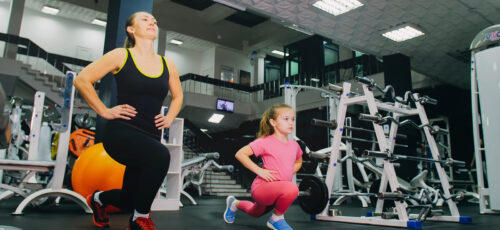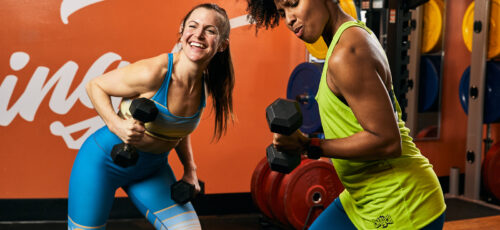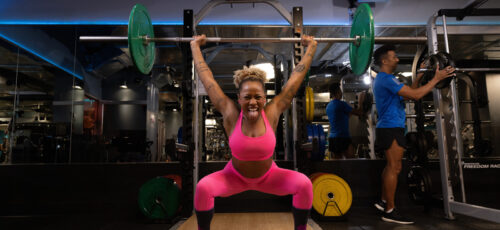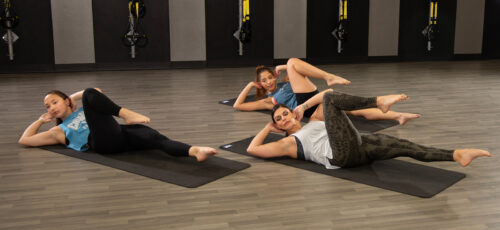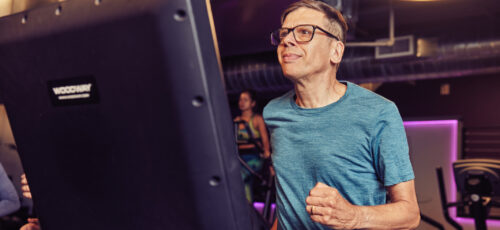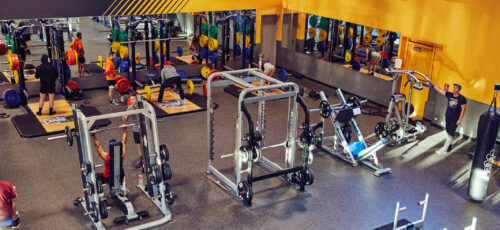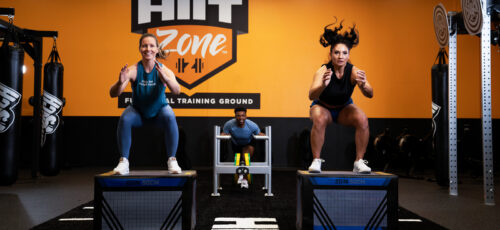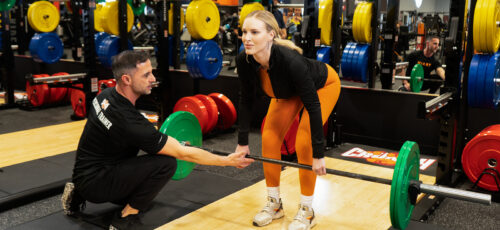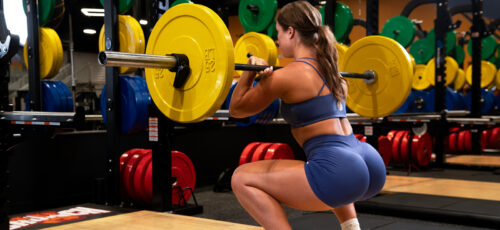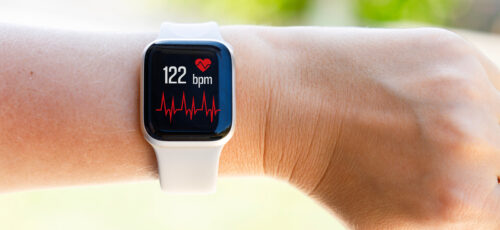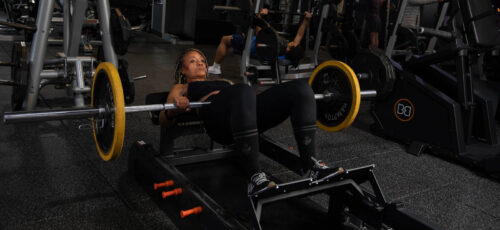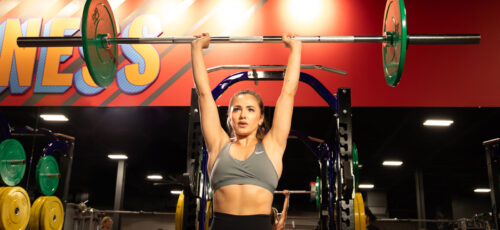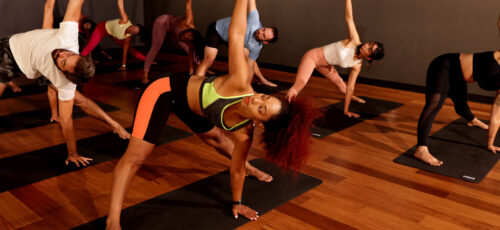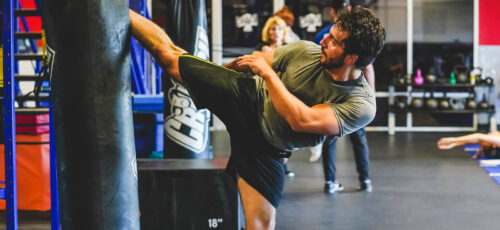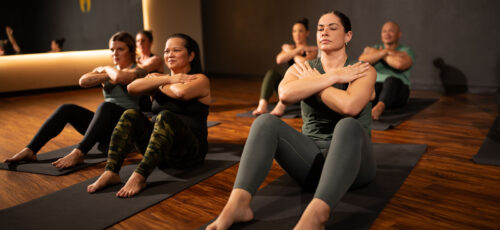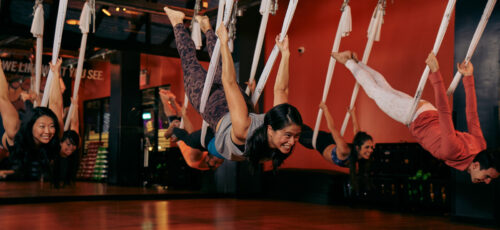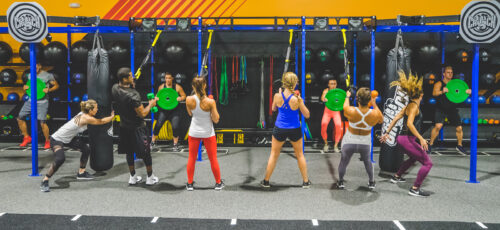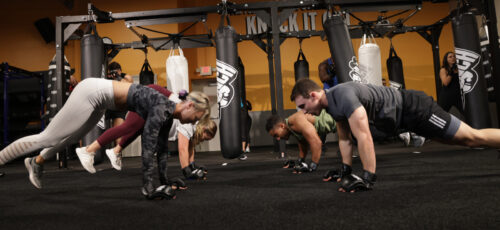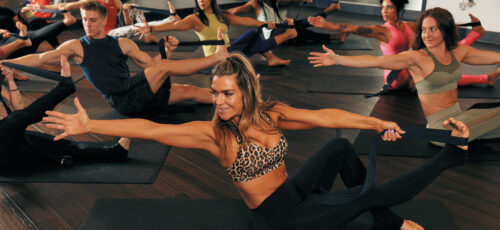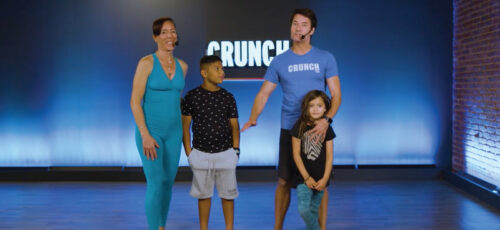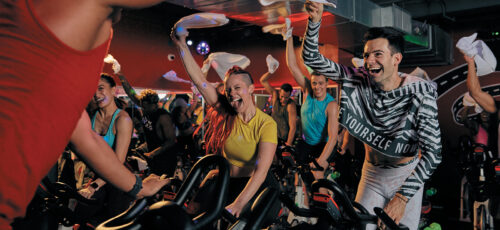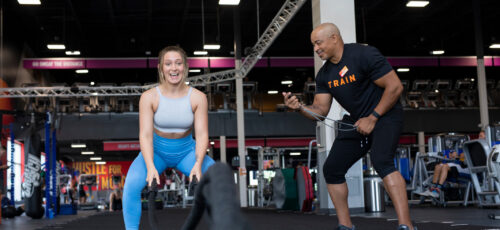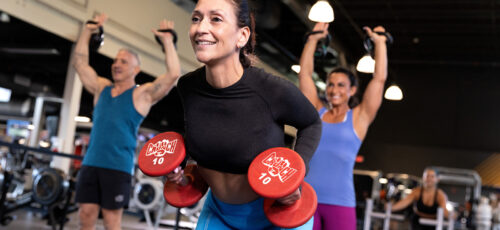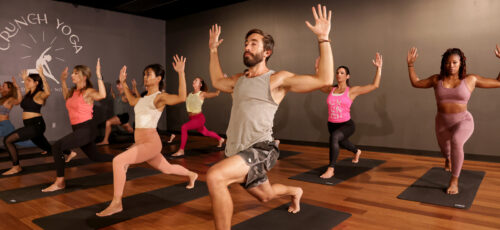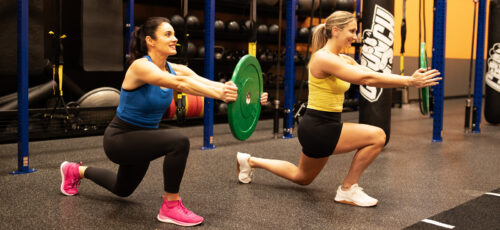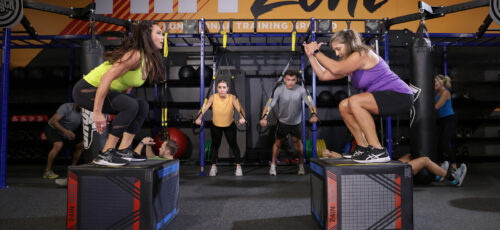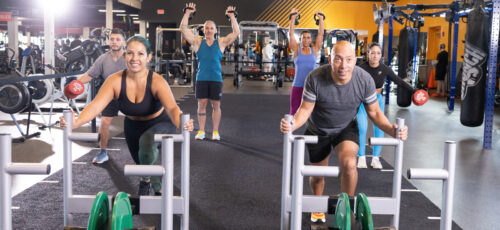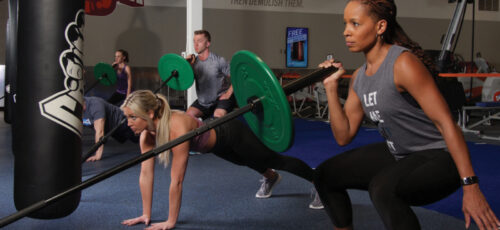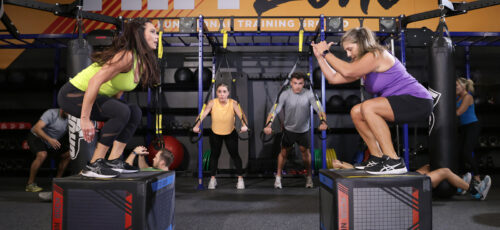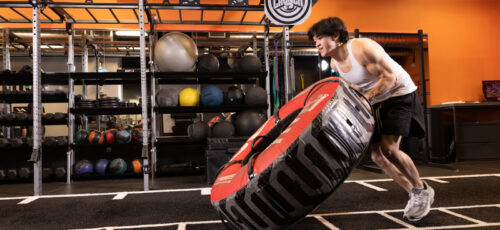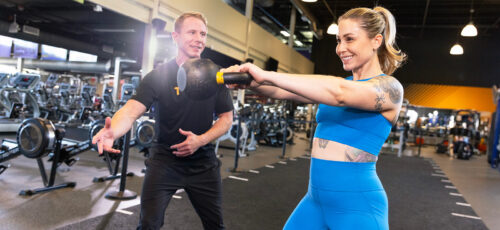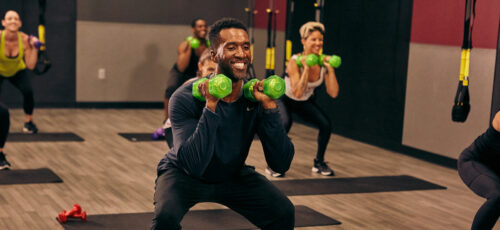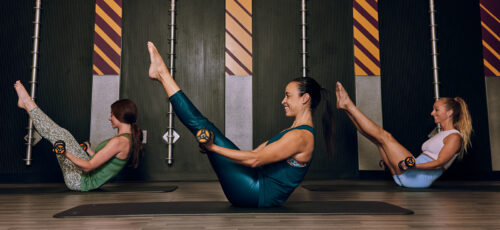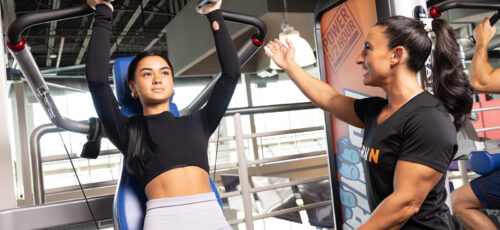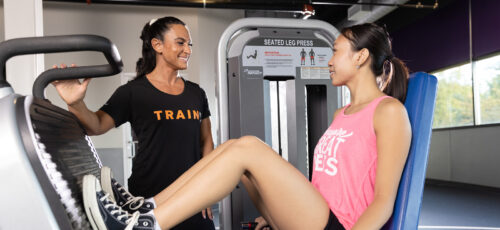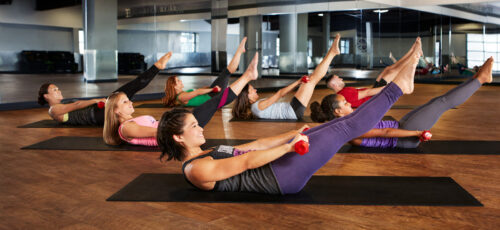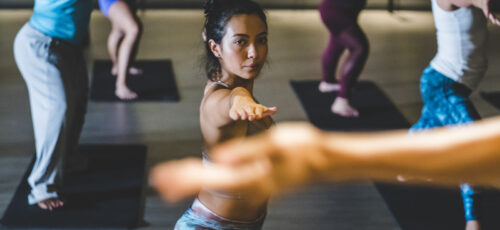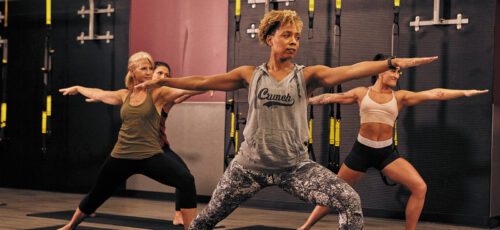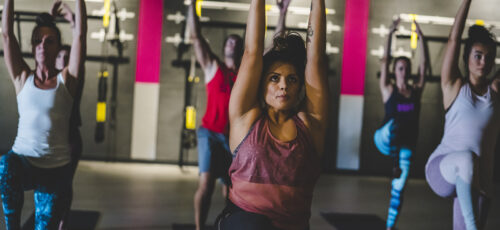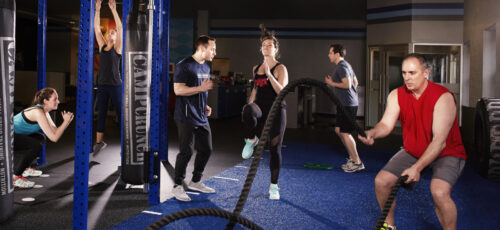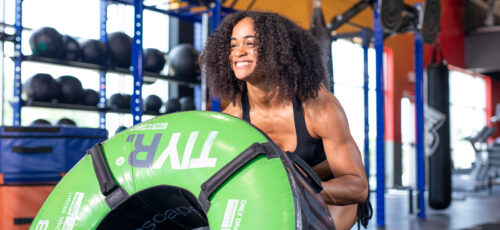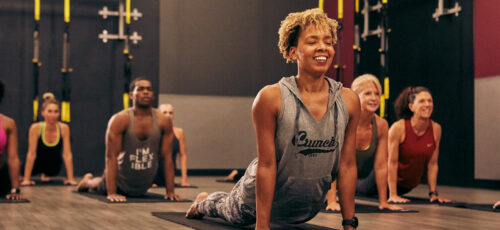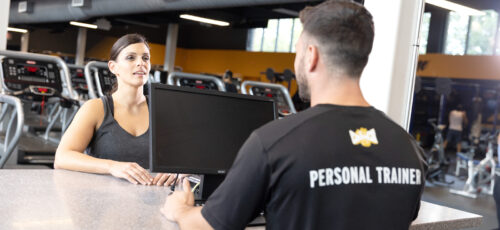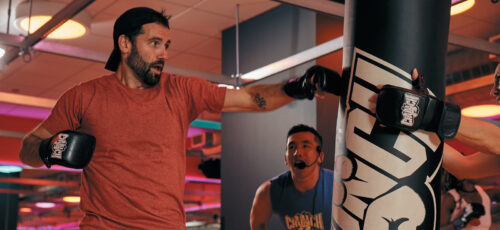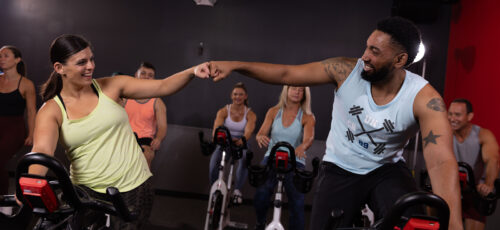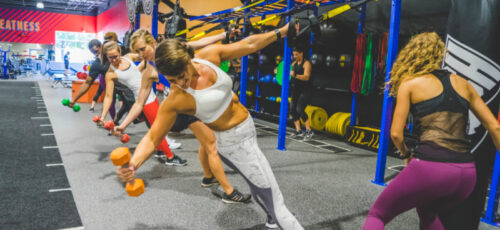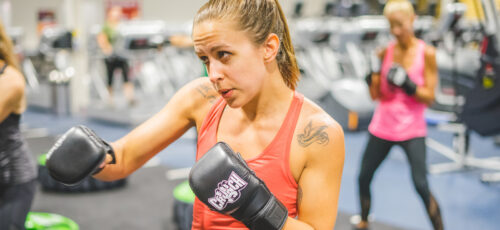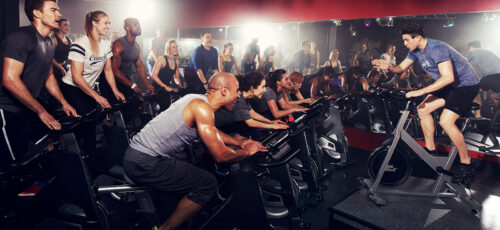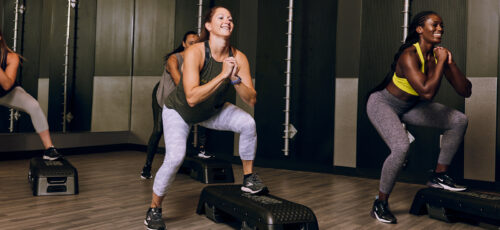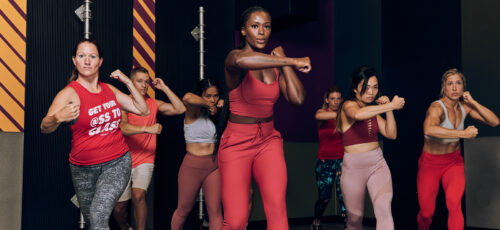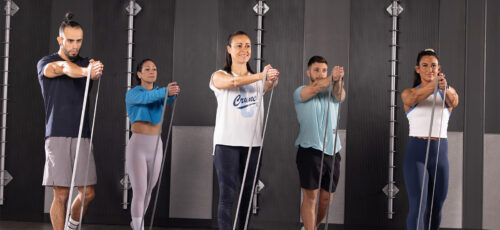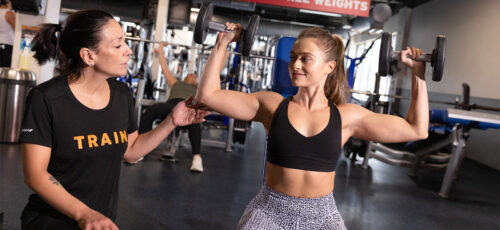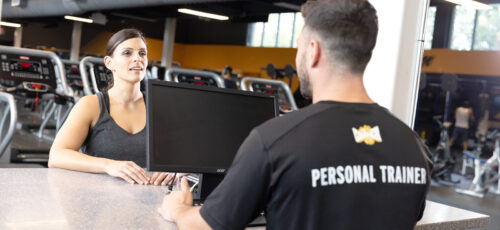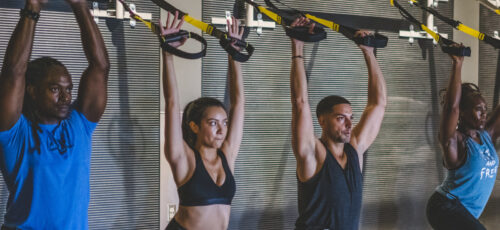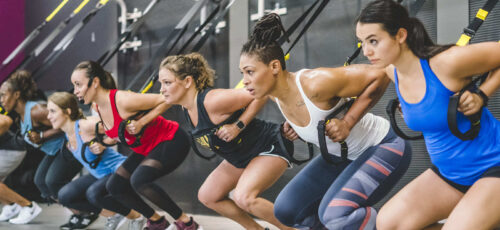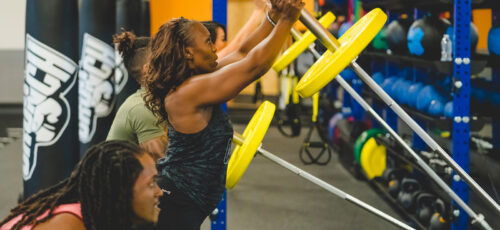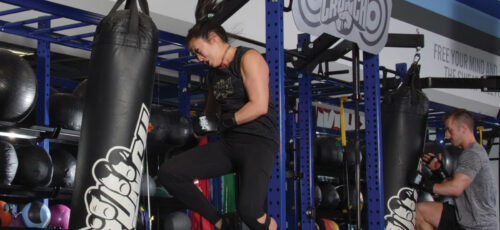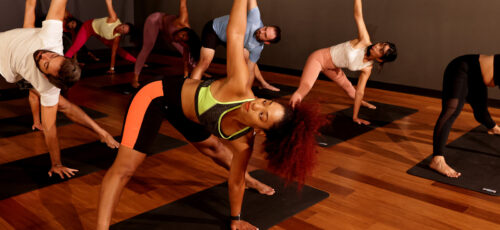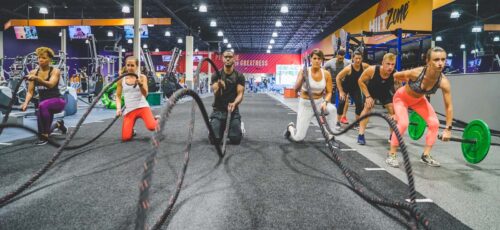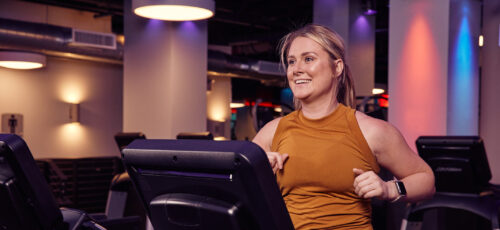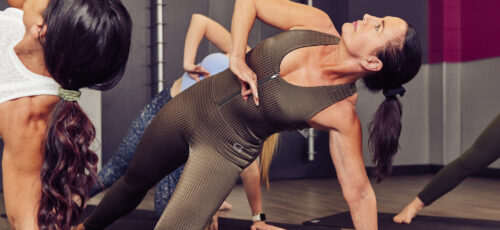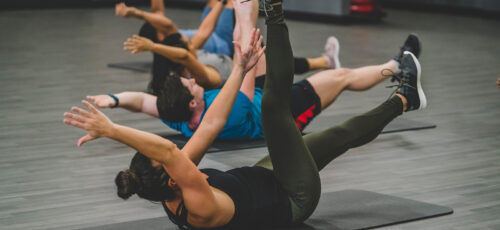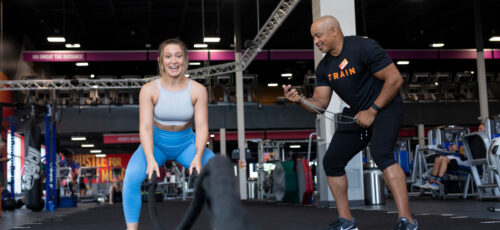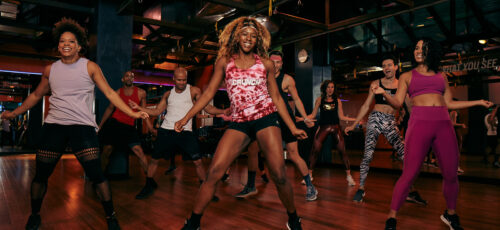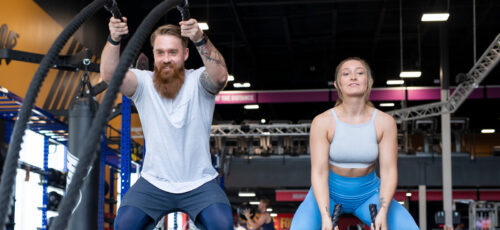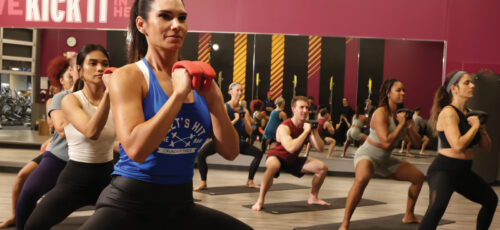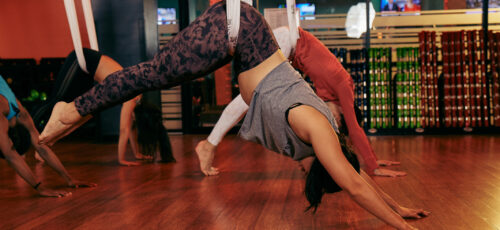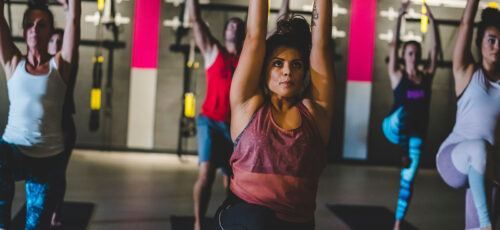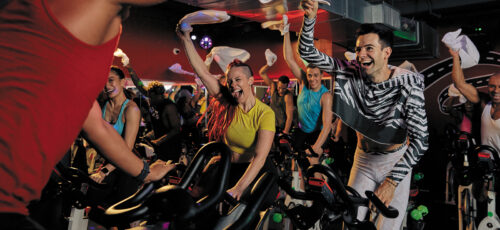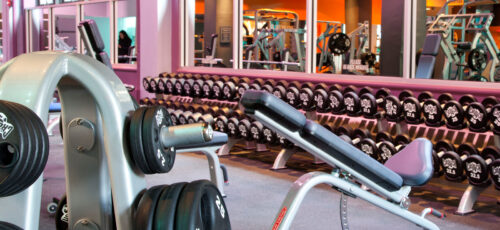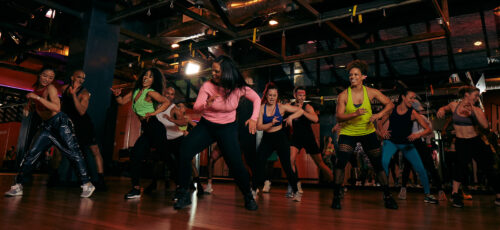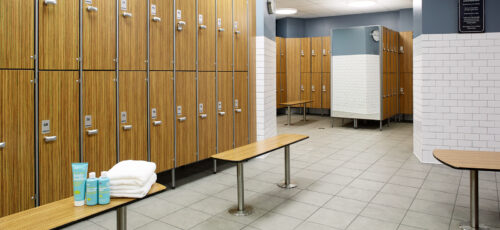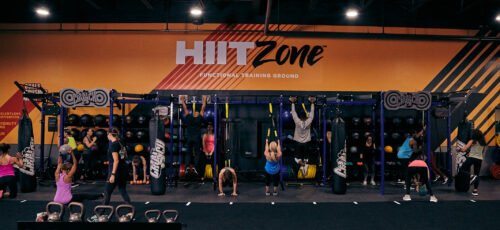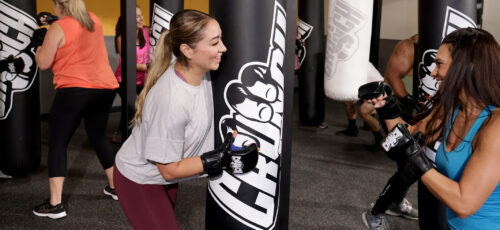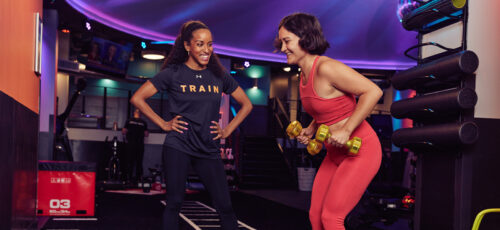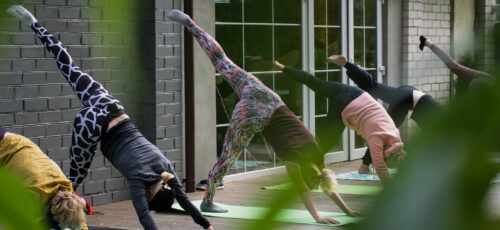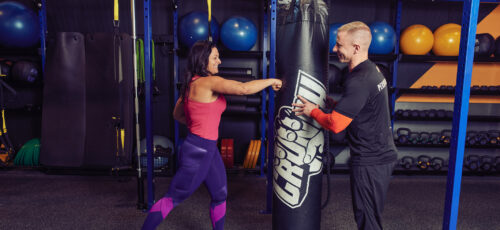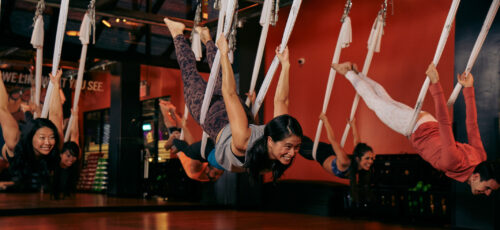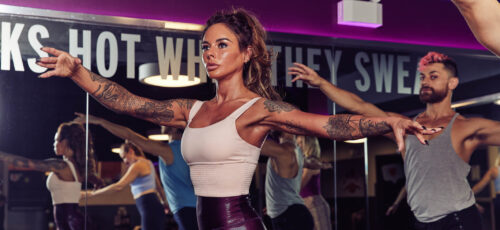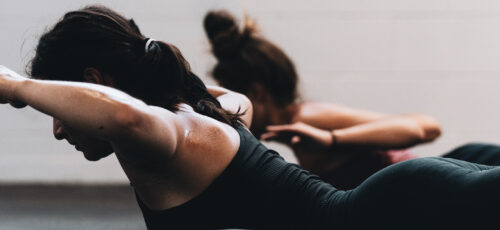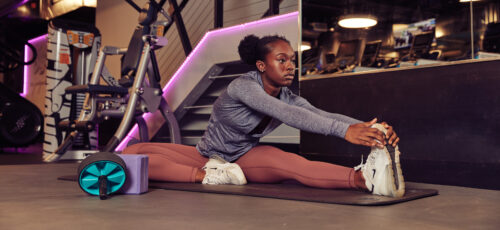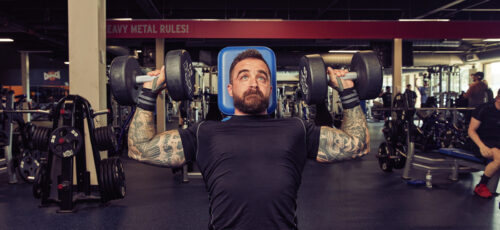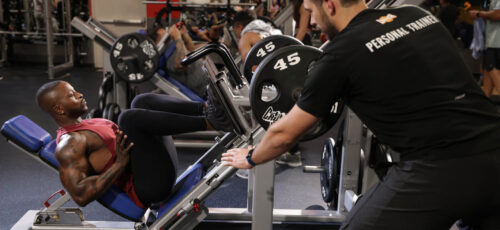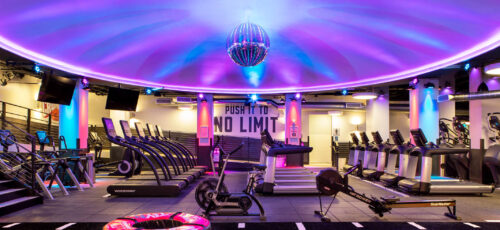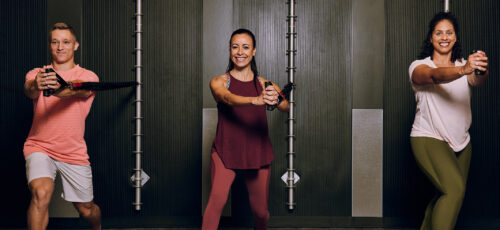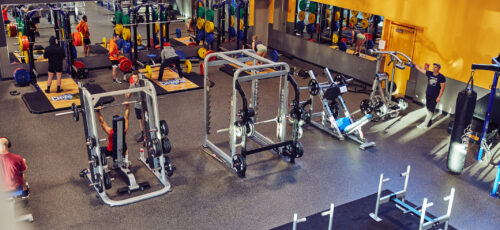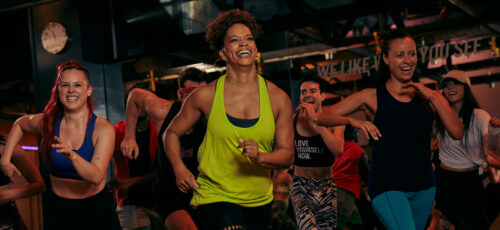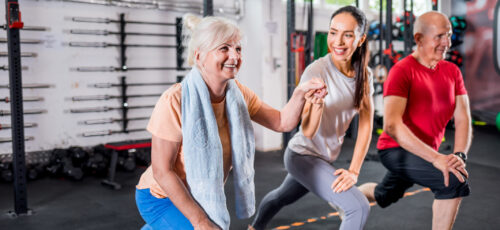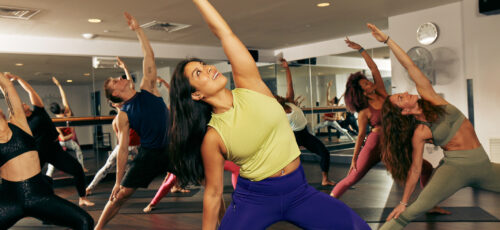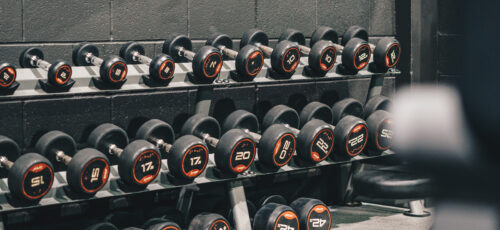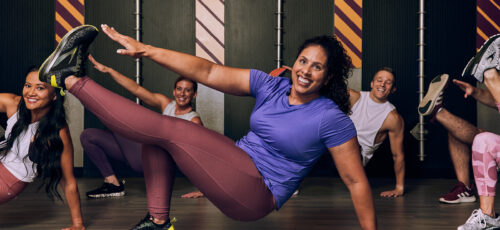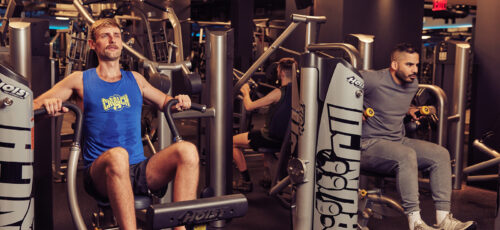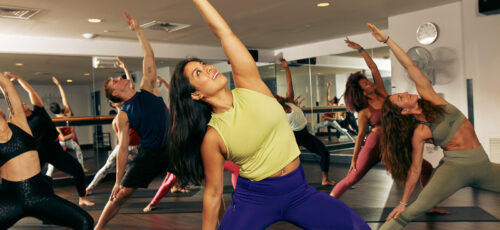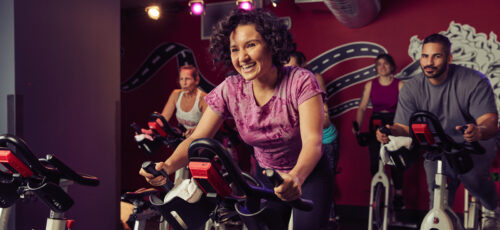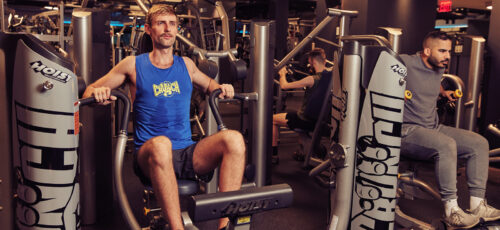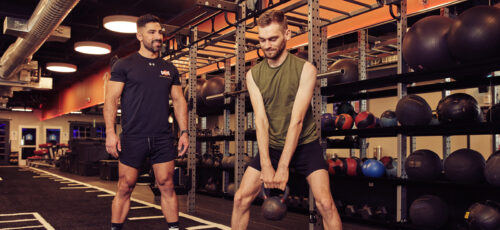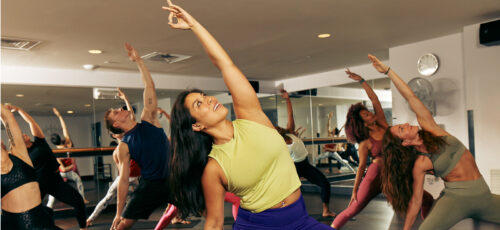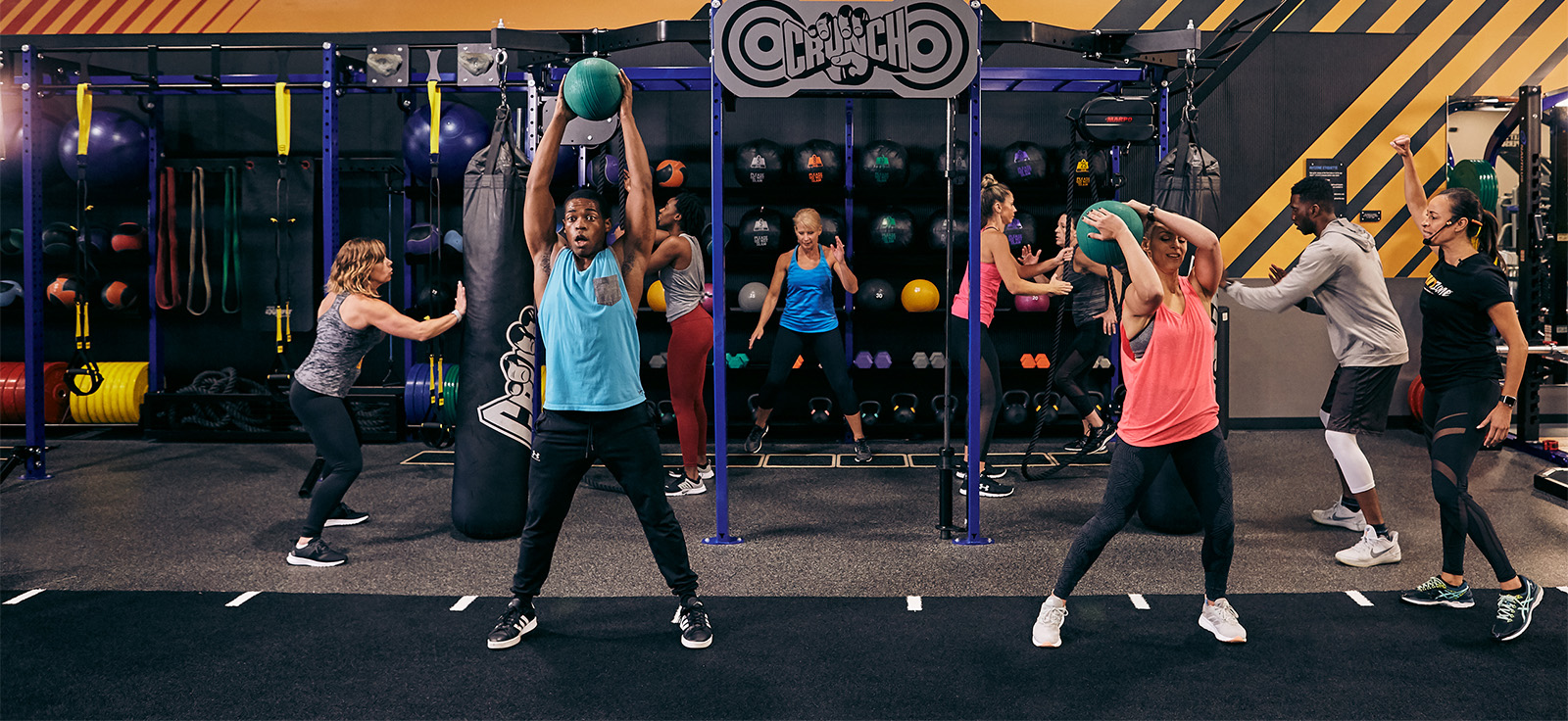
Burn 1000 calories a day in one workout? It sounds like gym folklore, but it’s actually possible. The requirement? You’ll need the right activity, the right intensity, and yes, a lot of sweat.
Consider this: A 150-pound runner who runs for 90 minutes at a 10-minute mile pace can burn around 1,000 calories. If you switch from running on a treadmill to participating in a high-energy spin class, or doing an intense HIIT workout, for an extended period, you can achieve a similar impressive calorie burn. The main idea? You need to push your body hard enough and for a long enough duration to reach that calorie milestone.
Now, this doesn’t mean every gym-goer should chase that magic number every single day. Burning 1000 calories is more of a fitness challenge than a daily prescription. For athletes, it might be part of training. For weekend warriors, it’s a chance to test strength, stamina, and mindset.
In this article, we’ll explain how it all works, what calorie burn actually means, which activities torch the most energy, how often you should aim for it, and nutrition tips to keep your body fueled. If you’ve ever wondered, “Is it even possible?” The answer is yes, and here’s how.
Understanding Calorie Burn
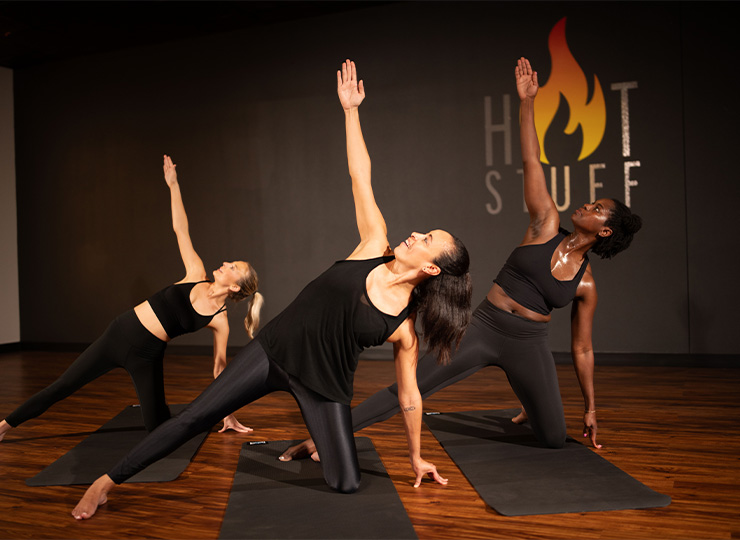
Before we dive into the workouts that can help you burn 1000 calories a day, let’s start with the basics: what exactly is a calorie, and why does it matter so much for your fitness goals?
A calorie is simply a unit of energy. In nutrition, it measures the energy your body gets from food and drinks. Think of calories as the fuel that keeps your body running.
Even if you’re not exercising vigorously, your body is still burning calories every minute of the day. Breathing, digesting food, repairing muscle tissue, and even sleeping all require energy.
For example, did you know you burn 300–500 calories while sleeping over eight hours? That’s your basal metabolic rate (BMR) at work, the minimum amount of energy your body needs to function.
Factors That Affect Calorie Burn
Now, let’s talk about why the number of calories burned isn’t the same for everyone. A 150-pound person and a 200-pound person won’t burn the same amount of calories doing the same physical activity. Here’s why:
1. Body Composition
The more muscle mass you have, the more calories you burn, even at rest. Muscle tissue is like a high-performance engine; it requires more energy to maintain compared to fat tissue.
That’s why people who strength train often see a boost in their daily calorie burn. Even simple activities like walking short distances can burn more calories for someone with more muscle.
2. Age
As we age, our metabolism naturally slows down, lowering the number of calories burned at rest. Younger individuals usually have a higher basal metabolic rate, which means their bodies burn more energy during daily activities. Something as simple as walking a mile at a moderate pace can result in a significant calorie burn for a younger person compared to an older adult.
3. Gender
Men typically have a higher percentage of muscle mass than women, which leads to more calories burned during both rest and physical activity.
For example, when running the same distance, men may burn more calories simply because their body composition allows them to move at a slightly faster pace with greater energy output.
4. Activity Level
The intensity and duration of your workouts play a huge role in how many calories you burn. A leisurely stroll might only burn 100 calories, while exercising vigorously, such as sprinting intervals or a HIIT workout, can skyrocket that number.
Even switching up your terrain (walking uphill instead of on flat ground) makes your body work harder, meaning more calories are burned.
Read our article: What Activities Burn the Most Calories?
5. Basal Metabolic Rate (BMR)
Your BMR reflects the calories your body burns at complete rest. But here’s the fun part: combining a higher BMR with regular movement, like cardio, strength training, or simply exercising regularly, can drastically increase your total daily calorie burn. Pair that with proper nutrition, and you’ve got the foundation for sustainable weight loss and improved overall health.
Fitness Goals: Why Target 1000 Calories?
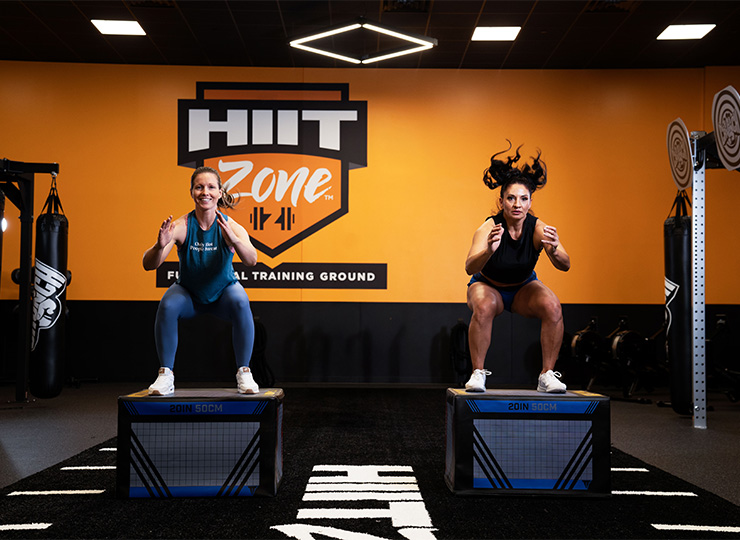
The idea of trying to burn 1000 calories a day in a single workout sounds powerful, almost like unlocking a secret shortcut to weight loss. But here’s the thing: while it’s possible, it’s not always practical or healthy. Before chasing that number, it’s important to understand why you want to reach it and whether it aligns with your fitness goals.
So, is burning 1000 calories in an hour good? For most people, the answer is no. That type of vigorous exercise for 60 minutes straight is something usually reserved for athletes, highly trained individuals, or people on multiple sports teams who are accustomed to intense physical activity.
For the average person balancing a desk job, family, and everyday activities, aiming for smaller, consistent calorie burns paired with proper nutrition is a more realistic path toward sustainable weight loss.
Is It Healthy to Burn 1000 Calories a Day?
The answer depends on why you’re trying to do it. If you’re an active person who exercises regularly, maintains healthy habits, and eats enough calories a day to fuel recovery, burning 1000 calories through workouts can be perfectly safe.
In fact, structured programs that combine strength training, cardio, and rest days can improve strength levels, muscle mass, and overall metabolism.
On the other hand, using exercise as a way to lose weight quickly, punishing yourself after overeating, or using it to offset binge eating can be a red flag. This kind of cycle often leads to burnout, injury, or worse, an unhealthy relationship with food and exercise.
In some cases, it may even point to an eating disorder. If you ever feel like your workouts are tied more to guilt than to growth, it’s worth seeking guidance and support. Remember, progress should feel empowering, not punishing.
Burn More Calories: Top Activities To Burn 1000+ Calories
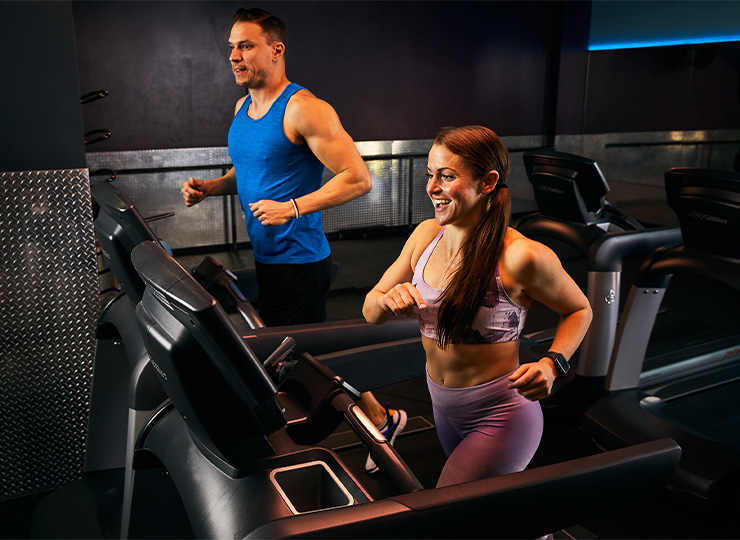
So, you’ve set your eyes on the big one: burn 1000 calories a day. It sounds epic, and yes, it’s totally possible, but it takes strategy, effort, and a bit of creativity. Not all workouts are created equal, and how many calories you torch will depend on your body weight, metabolism, daily activities, and fitness level.
For some people, hitting 1000 calories in a single workout might be realistic. For others, it’s smarter (and healthier) to spread it across the day with a mix of cardio, strength training, and even active hobbies like hiking or dancing.
Remember, there’s no “one-size-fits-all” answer to how many calories you burn; it’s unique to you. But to help you see what it really takes, let’s break it down by activity.
Running
Running is the go-to calorie crusher, especially if your goal is to lose weight and build endurance. According to the American Council on Exercise (ACE), here’s how long it takes to burn 1000 calories depending on speed and weight:

Example: If you weigh 150 lbs and run at 7 mph (roughly an 8.5-minute mile pace), you’ll cross the 1000-calorie line in about 80 minutes. Pair that with upbeat music, intervals, or a treadmill challenge at Crunch Fitness, and the time will fly by.
Cycling
Love the bike? Cycling is another top contender for a massive calorie burn. Outdoor rides and spin classes are not only fun but also easier on the joints than running.

At a strong, steady pace (16–19 mph), a 200-lb rider can crush 1000 calories in under an hour. A spin class with hill climbs and sprints will also boost your daily calorie burn significantly.
Read our article: 3 Ride Drills to Try During Your Next Workout Class
HIIT
High-Intensity Interval Training involves vigorous exercise with short rest periods. It’s one of the fastest ways to torch fat and increase your daily calorie burn.
- A 30-minute HIIT session: 400–600 calories
- Stack two back-to-back (with rest in between): 900–1200 calories
HIIT also revs up your metabolism for hours after you’re done (thanks to the afterburn effect). What does it mean? You’ll be burning more calories while sitting on the couch later.
Read our article: The Best HIIT Workouts for All Fitness Levels
Jump Rope
Jumping rope is not just playground fun; it’s serious cardio.
- Average burn: 10–16 calories per minute
- 60 minutes: 600–960 calories
- 75 minutes: Over 1000 calories
If you’re advanced, you can hit 1000 in less than an hour. Add tricks, speed bursts, or interval rounds to keep it challenging and fun.
Read our article: Is Jumping Rope the Best Kept Secret in HIIT Exercise?
Rowing
Rowing machines engage both the upper and lower body while blasting calories. They’re one of the most efficient full-body workouts you’ll find at the gym.
- Moderate rowing: 500–700 calories/hour
- Vigorous rowing: 700–900 calories/hour
With the right pace and technique, you can row your way to 1000 calories in about 70–80 minutes. Just remember: posture is everything. Poor form = poor results (and possible back pain).
Read our article: Is Buying a Rowing Machine Worth It, or Should I Just Get a Gym Membership?
Bootcamp Workouts
Bootcamp and other circuit-style workouts combine strength training and cardio, making them calorie-burning machines.
- A 60-minute session: 700–1000 calories (depending on the Workout of the Day)
These workouts help you gain muscle mass while burning fat, resulting in continued calorie burn long after you leave the gym.
Read our article: Belly, Butt & Thighs Bootcamp
Hiking
Hiking is cardio disguised as adventure. The incline, distance, and even the backpack weight all matter.
- Flat, easy trail: ~400 calories/hour
- Hilly, steep hike: 600–900 calories/hour
Add a loaded backpack and some altitude, and you’ll tip into the 1000-calorie zone within 90 minutes to 2 hours.
Dancing
Want to burn calories without realizing you’re working out? Dance it out!
- Zumba: 350–500 calories/hour
- Hip-hop or aerobics: 350–700 calories/hour
Do two back-to-back classes or pair dance with cardio intervals, and you’ll groove your way to 1000 calories. The best part? You’ll forget it’s even exercise.
Read our article: The 5 Best Group Workout Classes for Dance Lovers
How Often Should You Try to Burn 1000 Calories?
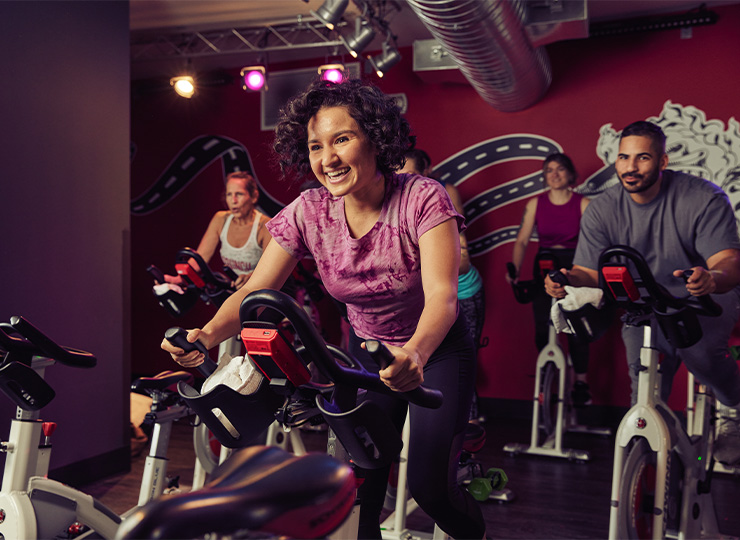
Are you thinking about burning 1000 calories every single day? Pause for a second, because sustainability matters more than speed.
While hitting that number feels like a major win, recovery is just as important as the workout itself. Overdoing it can lead to fatigue, injuries, or even a slower metabolism, which is the opposite of what you want for sustainable weight loss and long-term fitness goals.
A smarter approach is balance. Instead of chasing 1000 calories daily, try mixing it up:
- 3 days of high-intensity workouts (HIIT, running, or cycling)
- 2 days of lighter activity, like walking or dancing (~300–400 calories burned in an hour)
- 2 recovery days to let your muscles repair and your body recharge
This way, you’ll burn calories, build strength, and maintain healthy habits without burning yourself out.
Join Us!
At Crunch Fitness, we encourage you to train smarter, not just harder. Instead of asking, “How much weight can I lose if I burn 1000 calories a day?”, reframe it into, “What mix of workouts, nutrition, and healthy lifestyle changes will help me feel stronger, more energized, and leaner over time?”
Whether it’s walking more during the day, adding strength training to build muscle, or improving your metabolism with cardio and recovery, it’s the small, consistent habits that create lasting change.
Crunch promotes a culture of positivity, inclusivity, and fun, with no judgment, by providing an environment for all individuals regardless of their health and fitness goals. Find a Crunch gym near you to try our free trial membership, or join Crunch now. We’re here for you – at the gym or at home. Access the best live & on-demand workouts anytime, anywhere with Crunch+. Ready to get sweaty? Try hundreds of workouts for free! Start your free trial now!
FAQ’s
Is It Safe To Burn 1000 Calories In A Single Workout?
Burning 1000 calories in one workout can be safe if you’re well-conditioned, but it isn’t realistic for everyone. Most people would need over an hour of intense physical activity, like running, cycling, or combining cardio with strength training, to reach that number.
If you have health concerns such as high blood pressure or are new to exercise, consult your doctor before attempting such a high-calorie burn.
Can Beginners Aim To Burn 1000 Calories A Day?
Beginners should build up gradually. Instead of jumping straight into a 1000-calorie goal, start with smaller, consistent activities such as walking at a moderate pace, light strength training, and stretching. Over time, you can combine workouts to increase your daily calorie burn safely while supporting weight loss.
What’s The Best Workout For Burning Calories Fast?
Workouts like HIIT, running, swimming, and spinning are some of the most effective for burning calories quickly. Even brisk walking with intervals can mimic the effects of HIIT, offering a low-impact way to torch calories while improving heart health and helping with weight control.
How Can I Burn 1000 Calories Without Going To The Gym?
You don’t need fancy equipment to burn calories. Daily movements like walking after meals, climbing stairs, yard work, or cleaning can add up to a big calorie burn. Pair these with active hobbies, like dancing or hiking, and you can hit high numbers without ever stepping into a gym.












